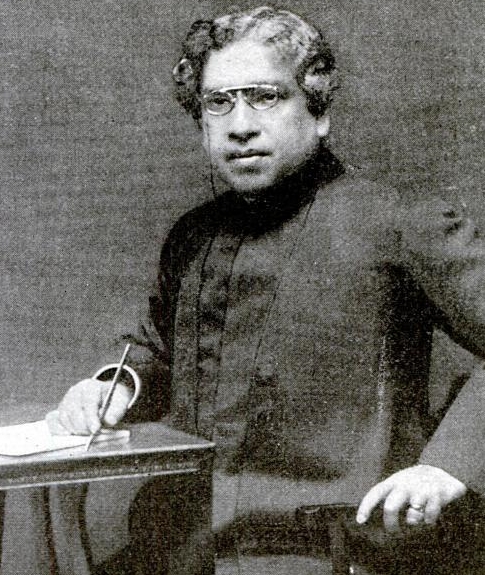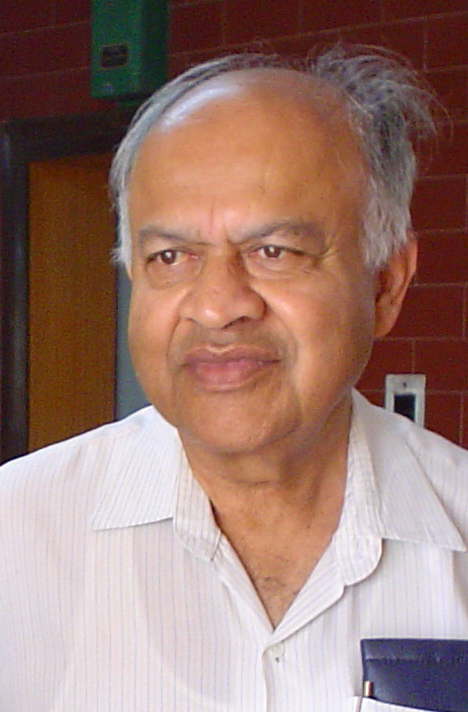
Bengal Renaissance, understood as a cultural, social, intellectual, and artistic movement, that took place in the nineteenth century British India, is recognized as a vital aspect of history in the literary and cultural tradition of India. Having led to a transition from medieval to modern in various fields, this cultural and social reform movement is also recognized for the changes it brought in the characteristics of the Bangla literary tradition.
Owing to the cultural dominance that European colonisation had established in India, the literary trends that followed as a part of the Bengal Renaissance were to some extent, inspired by that of Europe. Quoting from ‘Bengal Renaissance and the 19th century’ – “along with the ruthless prowess of the ‘Empire’ came the vaults filled with literature.”
Eventually, Bengali writers started to explore the genre of European literature and this in turn led to a new style being written in India, but in Bengali. Following the poetic tradition of John Milton, known for his epic poetry ‘Paradise Lost’, Michael Madhusudhan Dutta wrote the first Bangla secondary epic titled, ‘Meghnabadh Kavya’ in the year 1861. Hanna Mullens’ ‘Karuna O Phulmanir Bibaran’, written in the year 1852, introduced the novel genre in the urban literary culture of Bengal. This intellectual awakening in Bengal furthermore led to people thinking ahead of their time, thereby laying the foundation for a ‘modern’ and ‘developed’ Indian society. Some path-breaking changes were measured in terms of how the intellectuals confronted and embraced different issues that varied from science to religion to beliefs.
Jagdish Chandra Bose was one such reformist. Known for his contributions in the field of botany, physics, and radio science, he was also one of the earliest writers of science-fiction in India. Science-fiction as a genre is known to carry political themes. As The Telegraph writes, “Sci-fi works often put forward ideal models of politics, deal with the nature of the relationship between citizens and the State, and dwell upon the use and misuse of technology.”
Bose’s science-fiction novel, ‘Palatak Toofan’, written in the year 1896 is known to be the first example of science-fiction literature in India. The story is about a cyclone that is about to hit Calcutta posing a threat of severe destruction. Seen as divided into two parts, one part of this story deals with the impending appearance followed by the sudden disappearance of the cyclone as put to knowledge by western scientists and English-language newspaper articles. It is in part two, that the readers learn about the reason for the disappearance of the cyclone, that is, a bottle of hair oil thrown overboard to calm the waves. Apart from carrying the elements of magical realism, a critical reading of this story deems it the status of science-fiction on the one hand and of colonial literature on the other. Seen as a critique of western scientists, who fail in their ability to account for the cyclone’s disappearance, this story is further seen as a failure of their imagination. From what Bose said in his speeches, “The excessive specialisation in the West has led to the danger of our losing sight of the fundamental truth that there are not sciences but a single science that includes all.” Bose’s “Palatak Toofan” (The Runaway Cyclone) thus acts as a commentary of how the scientists’ ability to account for the runaway cyclone is not due to the failure of science itself, but due to the failure of the western approach to science.
learn about the real
cause of the cyclone’s
disappearance: the bottle of
hair oil thrown overboard to
calm the waves.
However, as argued by certain critics, works of writers like Bose and Premendra Mitra were not considered the truest forms of science-fiction. In fact, it was only after 1947 that science-fiction in India came to be identified as a developed literary genre and later took off after 1947 in all major Indian languages. This literary genre was later given the term ‘Kalpavigyan’. Coined by the science-fiction writer and editor, Adrish Bardhan, the term was used for the first time in India’s first exclusively science-fiction journal, ‘Aschorjo,’ which was published in January 1963 in Bengali in Kolkata.

From the various meanings often attributed to the term ‘kalpa’, the ‘kalpa’ in ‘Kalpavigyan’ is known to be derived from the term ‘kalpana’, by Bardhan, which as discussed by Bodhisattva Chattopadhyay, “unwraps the qualitative aspect of imagination; it signals the singular power of the human mind to conceptualize change as a movement in time.” However, it becomes interesting to see how this term, though used for science-fiction novels, was reflective of the conditions it emerged from, or as how Chattopadhyay puts it – “the tensions that drive the’ vigyan’ of Kalpavigyan originate in the colonial period and during the transformation of science as a way of framing the world, the emergence of Kalpavigyan is also linked to that period.”
Kalpavigyan’s project was on the same line as the Nehruvian model, that is, this genre from now on, made sure to fight superstitions but at the same time curtailed uncontrolled scientific and technological development. Following this literary tradition (which was originally written in Bengali), was the Marathi Kalpavigyan. Recognized as one of the most vibrant tradition of this literature in all Indian languages, Kalpavigyan in Marathi found its way into a lot of Marathi literary magazines. Jayant Vishnu Narlikar, a pre-eminent Marathi science-fiction writer and astrophysicist wrote stories and novels in this genre, thereby popularizing science while keeping in line with the Nehruvian project in the 1970s. One of his popular stories, titled ‘The Comet’ is an example of the overtly didactic nature of Narlikar’s work.Amitav Ghosh’s ‘The Calcutta Chromosome’ which was published in the year 1995, is yet another example of a novel falling in the genre of Kalpavigyan for following a constant theme of this genre that Bodhisattva Chattopadhyay identifies as “subverting the boundaries of what is scientifically knowable” – something that Bose’s ‘Palatak Toofan’ was also a representation of. Kalpavigyan in India finds its roots in one of the most important cultural reformation movements, i.e. The Bengal Renaissance. But an even more interesting observation to makes is how this literary tradition evolved to adapt and reflect the circumstances it was being written in, while negotiating with the past at the same time.


An outstanding share! I have just forwarded this onto a coworker who has been conducting a little homework on this. And he actually ordered me dinner due to the fact that I found it for him… lol. So let me reword this…. Thank YOU for the meal!! But yeah, thanks for spending the time to talk about this subject here on your blog.